Meet the Cane Corso dog—a jaw-dropping, muscular powerhouse that's as loyal as they come. This burly pup packs size, personality, brains, and heart!
Cane Corso puppies might start small, but they grow into fierce guardians and the most devoted companions you'll ever have. Let's discuss everything you need to know about this stunning mastiff breed, from their temperamental quirks to how they'll be your personal bodyguard!
Cane Corso Characteristics
The Cane Corso is a medium to large dog breed, perfect for experienced owners. Famous for its powerful build and athleticism, it boasts a broad chest, sturdy legs, and a square jaw. They look like they're ready for action—and they are!
Their head, large and bold, reaches about one-third the height at the withers. Their almond-shaped eyes, usually dark brown, give them a sharp, intelligent look. Their large nose, perfectly flush with the muzzle, comes in black or gray. Some of them even sport cropped ears.
This breed is well-loved for its loyal and affectionate nature. They are also extremely intelligent, needing a strong leader to direct their energy and smarts in a positive direction. Lastly, they are versatile, playing many roles, from guard dogs to house pets.
Cane Corso Size
This mighty dog breed commonly falls under the large category, and they don't skimp on size. Adult males can weigh between 110 and 120 pounds, while females tend to be a bit smaller, at around 90 to 100 pounds.

Standing at an impressive 24 to 28 inches tall at the shoulder, these canines are seriously built to be a force. Their frame allows them to perform tasks that require stamina, from guarding your home to keeping up with a jog around the block.
Cane Corso Personality
The Cane Corso's temperament blends loyalty with protectiveness. These canines are intensely loyal to their humans, making them good family dogs. Their protective nature kicks in, and they double as bodyguard dogs for those who need a watchful companion.
These dogs can be a bit reserved around strangers. They need socialization from a young age to help them feel comfortable in new situations. They can also show a stubborn streak, so Cane Corso owners need to establish themselves as the pack leader early on.
Cane Corsos are highly intelligent. They respond well to training, especially if it involves consistent guidance and mental stimulation. These pups want to please their family, and with the right training, they'll do it in spades!
Cane Corso Exercise
These large, powerful canines need plenty of exercise to keep their energy levels in check. We're talking daily walks, playtime, trips to the dog park where they can socialize with other dogs, and maybe even a jog or two if you're up for it.
Cane Corsos are working dogs, so they excel when they're challenged mentally and physically. These pups need an owner who provides enough exercise to build their muscle strength and stamina. Whether fetching a ball, practicing obedience drills, or getting in some agility training, your Cane Corso will appreciate it.
Cane Corso Training
Buckle up because this dog breed is smart, but they're also a bit like that rebellious teen who knows they're right (even when they're not). Cane Corsos are incredibly intelligent. They love having a job to do, but they can be a little stubborn.
Cane Corsos respond best to positive reinforcement and consistency. They aren't the kind of dogs that react well to harsh methods. Also, early training and socialization with other dogs and strangers are important. They teach your pet how to respect boundaries and behave well in various situations.

Related: How to Socialize an Aggressive Dog: #1 Guide with Proven Tips & Tricks
Cane Corso Origin and History
The Cane Corso dog has an epic backstory that stretches all the way back to ancient southern Italy. This breed, closely related to the Mastiff type of dog, was originally put to work hunting large game and guarding property.
The Cane Corso's name comes from the Latin word Cohors, meaning "protector" or "guardian," and they've lived up to that reputation for centuries. Historically, they worked on farms as livestock guardians and even served as war dogs.
Over the years, their role shifted, and they almost became extinct. But breeders in the 1970s brought them back from the brink of extinction. By 1983, the Società Amatori Cane Corso was formed to protect and revive the breed. In 1996, the breed earned recognition from the Federation Cynologique Internationale in Belgium.
The first Cane Corso litter hit the U.S. shores in 1988, courtesy of Michael Sottile. By 1993, the International Cane Corso Association was born. Fast forward to 2010, and the American Kennel Club officially recognized the Cane Corso, with the Cane Corso Association of America (CCAA) now taking the reins.
Common Health Problems Found in the Cane Corso
Like all big dogs, Cane Corsos come with their fair share of health quirks. These pups can experience conditions like hip dysplasia, bloat, and even some eye problems. But don't fret because with the right diet, exercise, and regular vet visits, you'll be setting your Cane Corso up for a long and healthy life. Let's break down these health concerns, so you can keep your canine companion feeling their best.
Obesity
Obesity is a common issue in the Cane Corso breed, especially if they're not getting enough exercise or are eating too much. It can lead to a range of health problems, including joint stress and heart issues.
Feed your furry friend a balanced diet and keep their calorie intake in check. Stick to high-quality dog food and watch their weight. Regular exercise can also help keep your pup at a healthy size, so get those daily walks in. Remember, a healthy Cane Corso is a happy Cane Corso!
Hip Dysplasia
Hip dysplasia occurs when the hip joint doesn't develop properly. It can cause pain, discomfort, and potential mobility issues as your dog ages. If you notice your pet limping or having trouble getting up after a nap, it's best to get them checked by a vet.
There are ways to help manage the symptoms. One is maintaining a healthy weight since extra pounds put more stress on the joints. Regular exercise can help keep your pup's muscles strong, supporting the hips and reducing discomfort. Mobility supplements, like HolistaPet's Joint Support Soft Chews and CBD Mobility Chews, may also promote mobility in affected pups.
Bloat
Bloat, also called gastric dilatation-volvulus (GDV), is a life-threatening condition that can affect Cane Corsos. It happens when the stomach fills with gas and twists, trapping air and making it impossible for your dog to relieve it. Symptoms include a swollen abdomen, drooling, restlessness, and rapid breathing. This situation is serious, so if you suspect your pup is dealing with bloat, get them to a vet ASAP.
Bloat often occurs in large, deep-chested breeds like the Cane Corso, but there are ways to reduce the risk. Try to feed your pet smaller meals throughout the day instead of one big serving. Dog-specific probiotics can support gut health. Also, avoid vigorous exercise right after eating.

Idiopathic Epilepsy
This condition causes seizures, and while it's often genetic, it can strike without warning. Luckily, idiopathic epilepsy doesn't always lead to major long-term issues. If your Cane Corso suddenly starts having seizures, head to the vet for a proper diagnosis and treatment plan.
The good news is the vet can help manage this condition with medication and regular checkups. While seizures can be scary, most canines with this idiopathic epilepsy go on to live long, happy lives with the right care.
Eye Problems
One common eye issue in this breed is cherry eye, where the gland in the corner of the eye pops out, creating a noticeable, swollen lump. While it's not painful, it can lead to irritation and, if left untreated, more serious eye problems.
Cane Corsos can also experience other eye conditions like entropion (where the eyelids roll inward) and cataracts. Keep an eye on your pup's eyes (pun intended) for any signs of discomfort or change in appearance.
Demodectic Mange
Demodectic mange is a parasitic skin condition usually caused by mites. It might sound scary, but it's actually fairly common in dogs, especially those with weaker immune systems. Symptoms include hair loss, redness, and sometimes skin irritation.
A positive aspect is that demodectic mange isn't highly contagious. It typically clears up with medication and proper care. Keeping your pooch's immune system in tip-top shape through proper diet, exercise, and regular checkups will help prevent future flare-ups.
How to Care for a Cane Corso
Cane Corsos need plenty of physical activity to burn off their boundless energy. Taking your dog on a brisk walk or jog for at least 30 minutes a day should keep them satisfied. With Cane Corso puppies, wait for their musculoskeletal system to fully develop before any rigorous physical activity. Usually, after 18 months, they should be old enough to go on longer walks and hikes.

Cane Corsos also need mental stimulation to stay happy. Provide plenty of opportunities for your pet to learn new tricks, practice their obedience skills, and participate in canine sports. Spending about 20 minutes a day on these activities will help keep your pup's mind sharp.
Don't forget proper nutrition! Cane Corsos have big appetites and need high-quality dog food to fuel their active lifestyle. You'll also want to stay on top of their grooming needs, especially during shedding season. Regular vet visits are a must, too, to keep an eye on any health concerns. Lastly, always stay up to date with vaccinations.
Grooming Tips for a Cane Corso
Cane Corsos have short, dense coats that shed, especially during shedding season. While they're not high-maintenance, a little TLC goes a long way to keep them looking sleek and shiny. Here are a few quick tips:
-
Brushing. Regular brushing with a rubber grooming mitt or hound glove helps remove dead hair and keeps their coat healthy.
-
Bathing. Bathe them when necessary, but don't overdo it. Frequent baths can strip the natural oils from their coat.
-
Ear Cleaning. Cane Corsos have floppy ears, which can collect dirt and moisture. Check them regularly to prevent infections.
-
Nail Trimming. Regular nail trims will keep them comfortable and help avoid scratches around the house.
Keeping Your Cane Corso Mentally Stimulated
These dogs are extremely intelligent, and if you don't give them enough to do, they'll find their own fun. To keep your pup's brain sharp, provide plenty of mental stimulation. Puzzle toys, obedience training, and interactive games are perfect for giving their mind a workout.

Try to incorporate problem-solving tasks into their routine. You can hide treats for them to sniff out or teach them new tricks to keep them engaged. Cane Corsos love to feel like they have a purpose, so anything that challenges them intellectually will keep them satisfied.
Nutrition and Feeding for a Cane Corso
Generally, an adult Cane Corso should receive about 4 to 5 cups of dry dog food per day. Avoid overfeeding, as these dogs can pack on the pounds if you're not careful. Divide their meals into two or three servings per day, so they don't gorge themselves all at once.
Stick to high-quality dog food, preferably with meat as the first ingredient, to give your pup the protein they need for those muscles. If you're preparing their meals at home, include a mix of healthy fats, fiber, and vitamins to keep their coat shiny, joints healthy, and energy levels high.
Coat Color and Grooming
The Cane Corso has a sleek, short coat with a lighter undercoat to keep them comfy in all kinds of weather. Their coat colors range from black, gray, and fawn to that beautiful brindle pattern. This breed sheds twice a year, so you must stay on top of the grooming game. If your Corso is the type to roll in the mud or get a little dirty from outdoor adventures, regular baths can keep them looking fresh.
Don't forget about brushing their teeth. Two to three times a week will keep tartar in check and keep their breath smelling sweet. Also, a quick nail trim once or twice a month is all it takes to avoid that annoying clacking sound when they walk and to keep them comfy.
Children and Other Pets
Cane Corsos are fiercely protective of children and will keep them safe no matter what. But let's be real: These dogs are big, strong, and have a bit of a "bull in a china shop" vibe. So, while they're gentle with their family, they can easily knock over smaller kids. Always keep an eye on them when they're hanging out with little ones to prevent any accidents.
When it comes to other pets, Cane Corsos tend to be pretty chill. However, they can be a bit territorial, especially if they haven't been properly socialized. That's why early training is crucial to teach your pup how to play nice with others. And remember, kids need a little guidance, too! Teach them how to approach and treat your pooch respectfully, so everyone stays safe and happy.

Cane Corso Dog Rescue Groups
Are you ready to begin your journey with the beautiful Cane Corso? Here are several amazing rescue groups to help bring that dream to fruition.
Cane Corso Rescue Inc.
Cane Corso Rescue Inc. brings rescued Corso dogs to their forever homes. This organization cares for the well-being of every Corso dog it rescues and follows a rigorous vetting process to find the best home for each pup.
In addition to adoption, the organization educates the public on Cane Corso care and responsible dog ownership. With their guidance, you'll be well-prepared for everything this amazing breed offers.
Must Love Corsos Rescue
Must Love Corsos Rescue is another fabulous non-profit organization that finds great homes for Corsos in need. Incorporated in 2018, the MLCR has had over 97 years of experience rescuing animals. Although residing in Ohio, the Must Love Corsos Rescue has dogs available to adopt from all over the United States.
What sets Must Love Corsos apart is their commitment to education and raising awareness about the Cane Corso breed. They offer helpful resources to new owners, ensuring both the pet and their new family have a smooth transition.
As of 2010, the American Kennel Club recognized the Cane Corso breed, marking the Cane Corso Association of America (CCAA) as the official breed organization. The CCAA's mission is to preserve the functional ability of the Corso dog breed. This keeps the breed standard at its purest form.
They also organize events, provide education, and support breeders who prioritize the health and well-being of the breed. Joining an organization like the CCAA is a great way to stay connected, educated, and involved in the Cane Corso community.
Training Your Cane Corso for Success
Training a Cane Corso is all about consistency, patience, and a little bit of humor. You'll need to establish yourself as the clear leader in their eyes. Once you get their respect, they'll be eager to please and ready to show off their skills.
Obedience training is essential for this breed, as they need to learn commands and good behavior early on. Socialization is just as important. Exposing your pup to different people, environments, and other animals will help them feel more comfortable and confident in new situations. With proper training, you'll have a Cane Corso who not only listens but thrives in any environment.

Cane Corso Health and Lifespan
On average, Cane Corsos have a lifespan of around 9 to 12 years, but with the right care, they can exceed that. Regular vet checkups, proper diet, and staying on top of breed-specific health issues can give your pup the best chance at a happy, healthy life.
While Cane Corsos are generally robust, large breeds are more prone to certain health conditions, like hip problems and bloat. Keeping them at a healthy weight, providing consistent exercise, and managing any health concerns early can significantly improve their quality of life.
Final Thoughts
If you lead an active lifestyle and want a loyal, powerful, and affectionate companion by your side, then the Cane Corso could be the perfect addition to your family. With the right training, socialization, and plenty of exercise, this giant dog breed will become not just a pet but a devoted and protective member of your household.
If you're ready to take on the responsibility of this majestic breed, you're in for an unforgettable experience. And if you're looking for even more ways to support your pup's well-being, HolistaPet's quality dog products can help promote a healthy, balanced lifestyle.




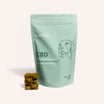


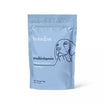
![Probiotics For Dogs [Soft Chews] - HolistaPet](http://www.holistapet.com/cdn/shop/files/Probiotic-Infographic-1_472d7a29-e30c-435a-9638-1365d8c3a9f9.jpg?v=1725384841&width=104)
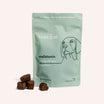
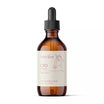

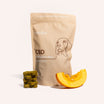
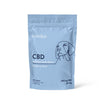
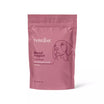
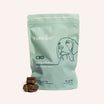

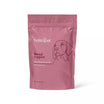
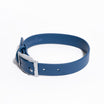
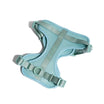
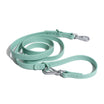
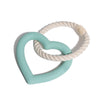
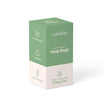
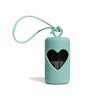



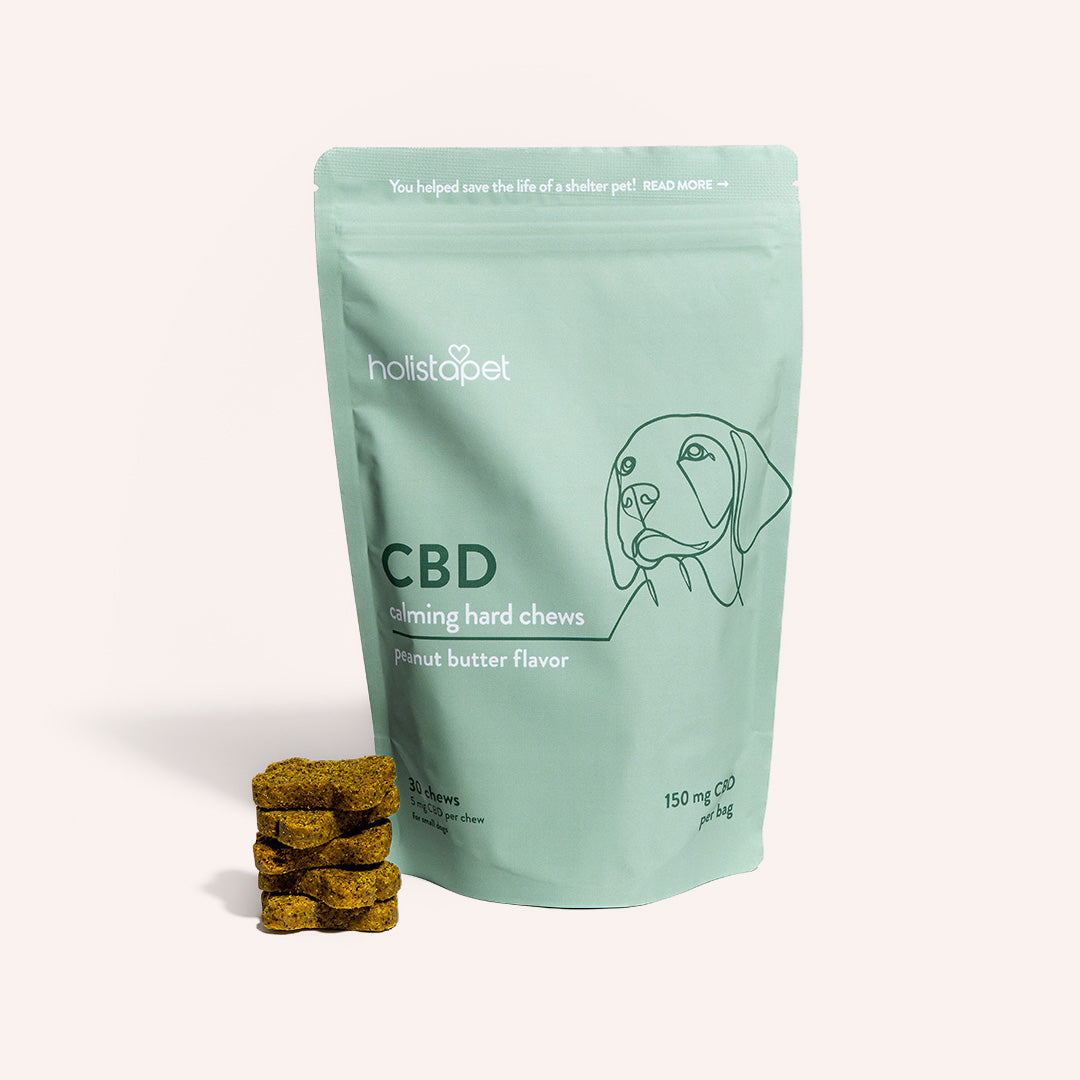
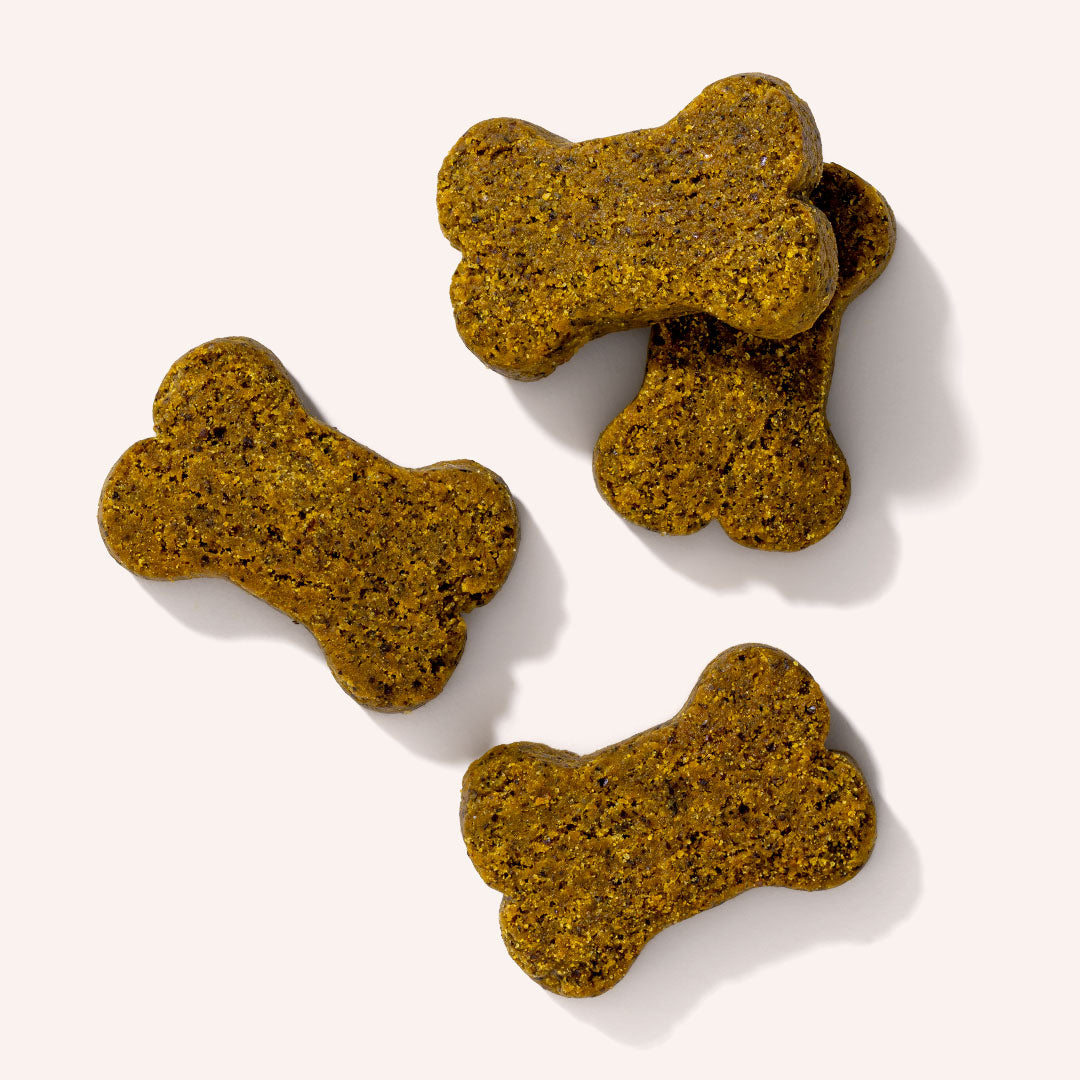

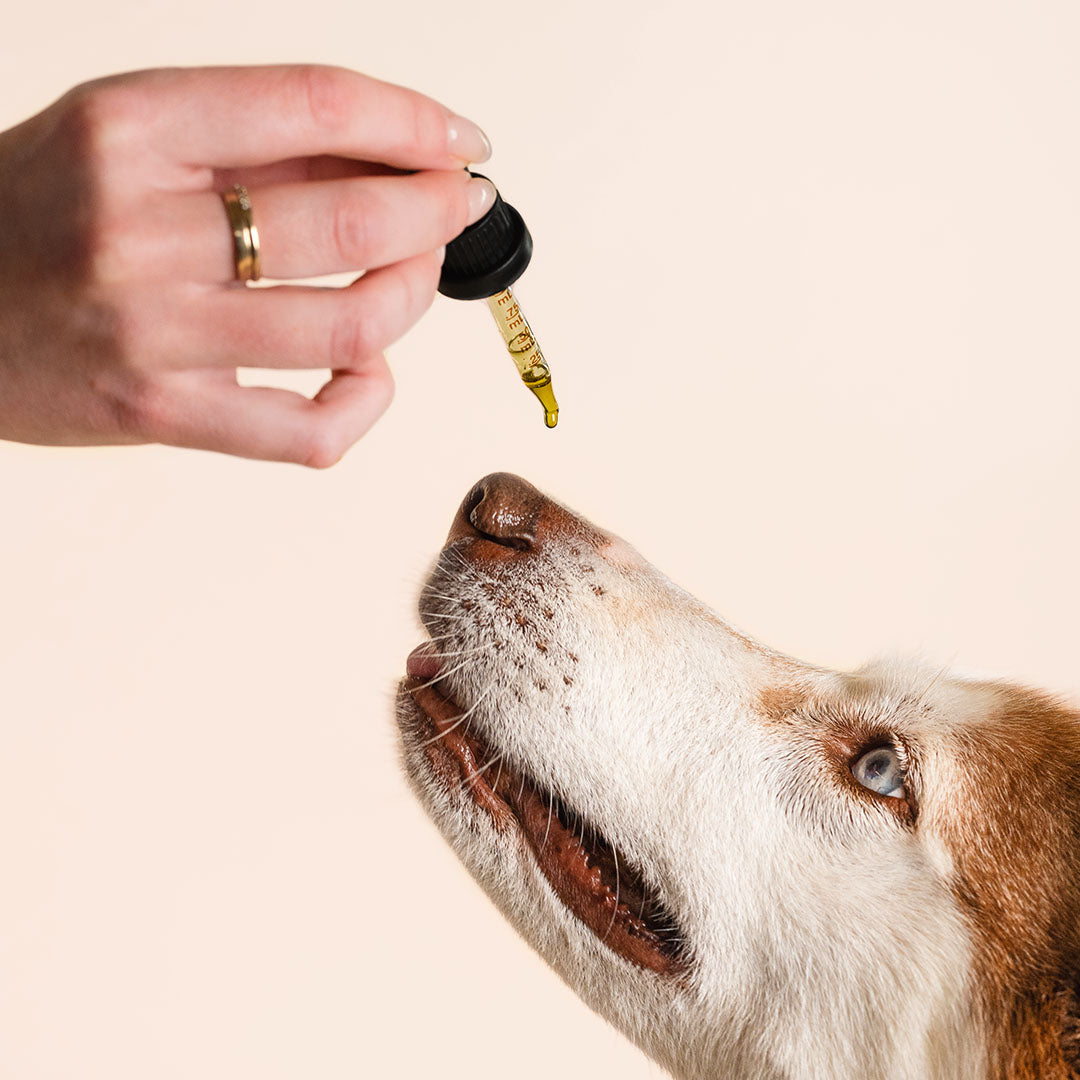
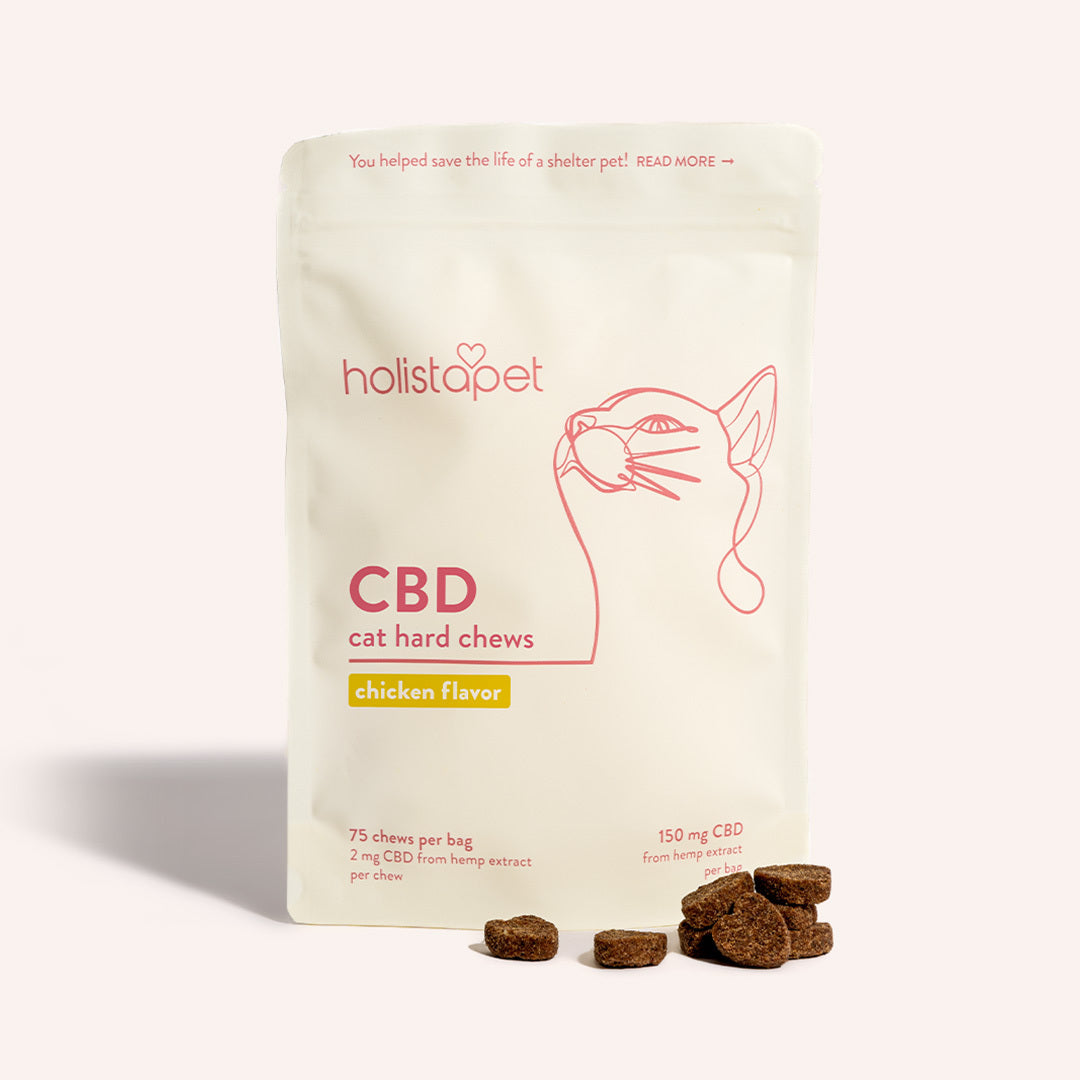

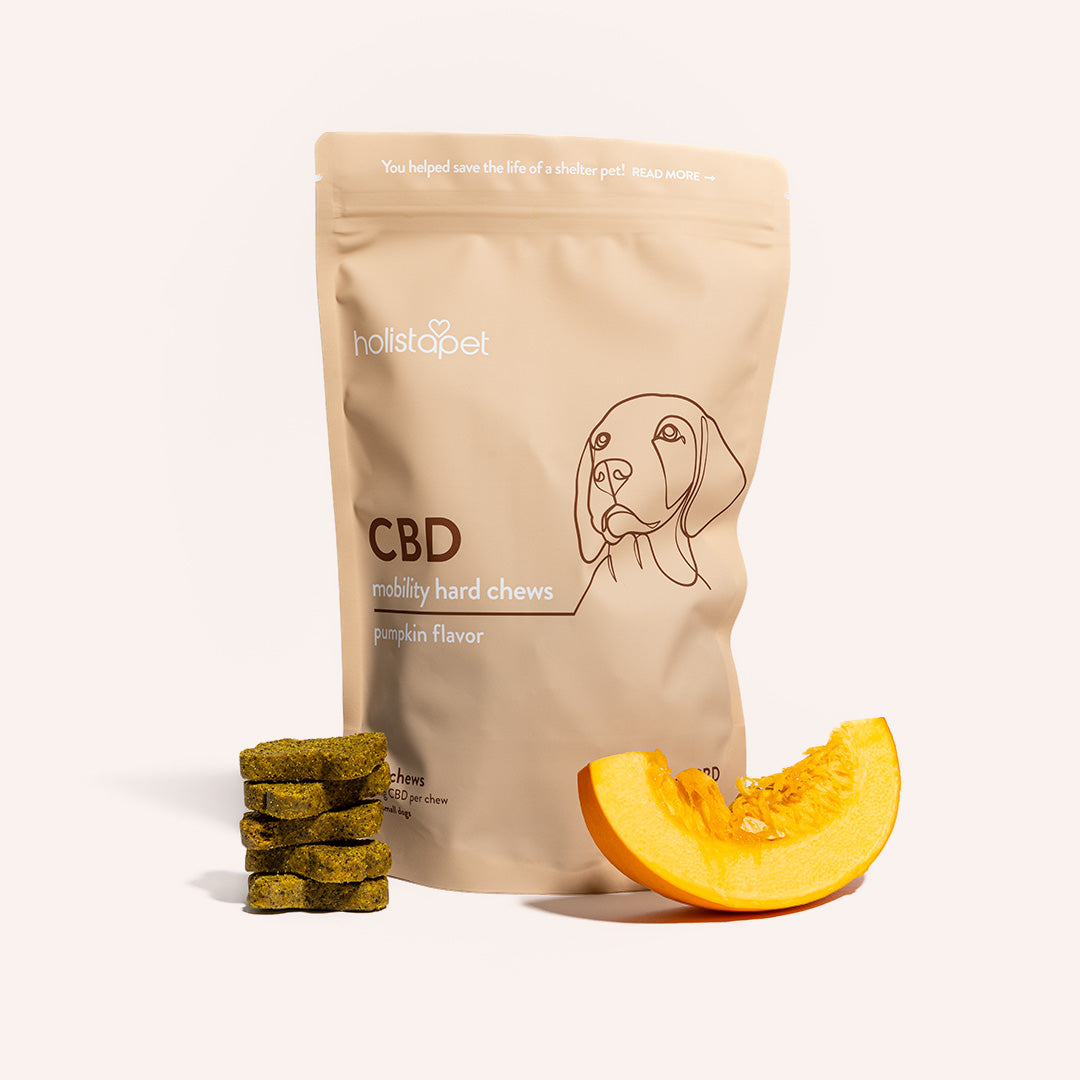
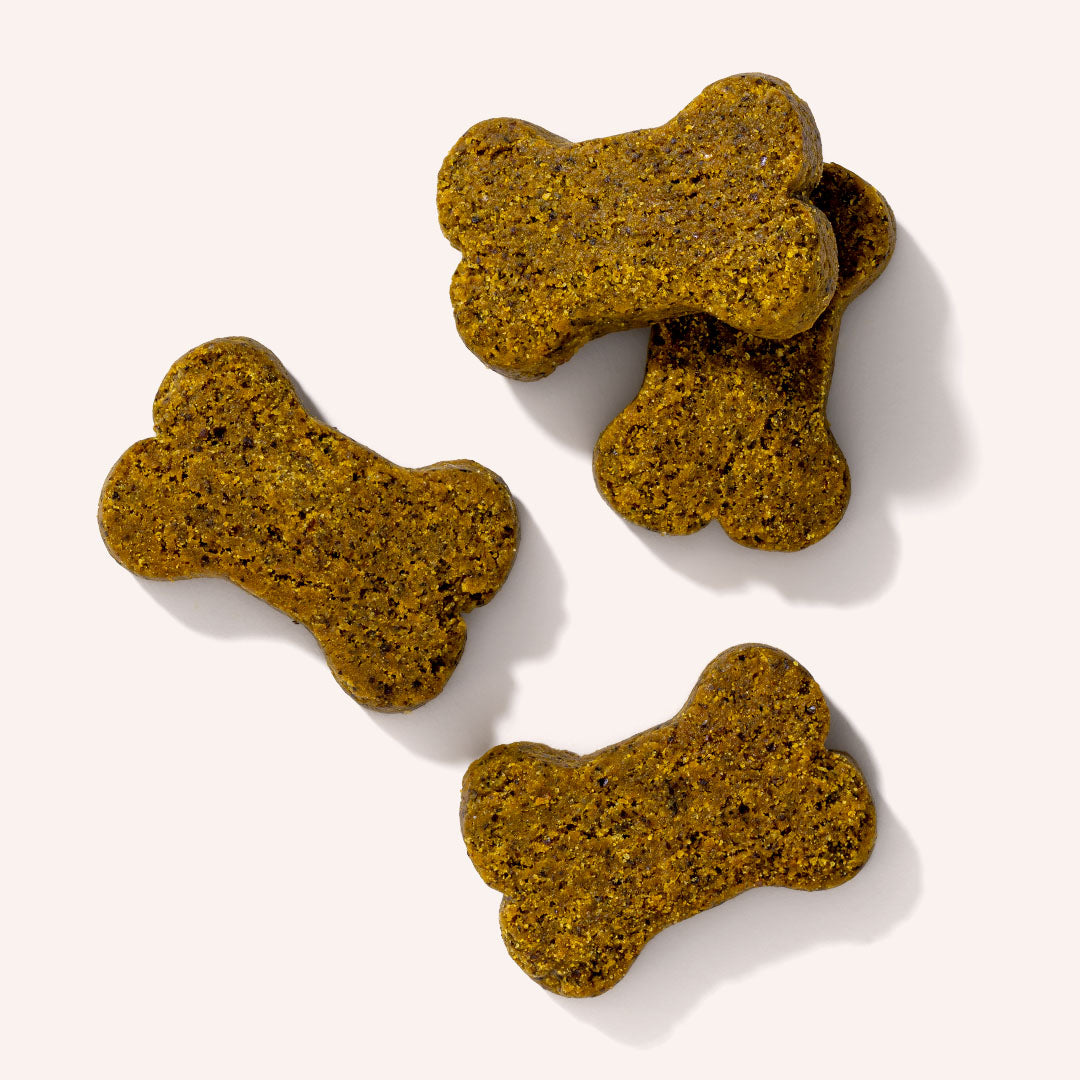
Leave a comment
All comments are moderated before being published.
This site is protected by hCaptcha and the hCaptcha Privacy Policy and Terms of Service apply.